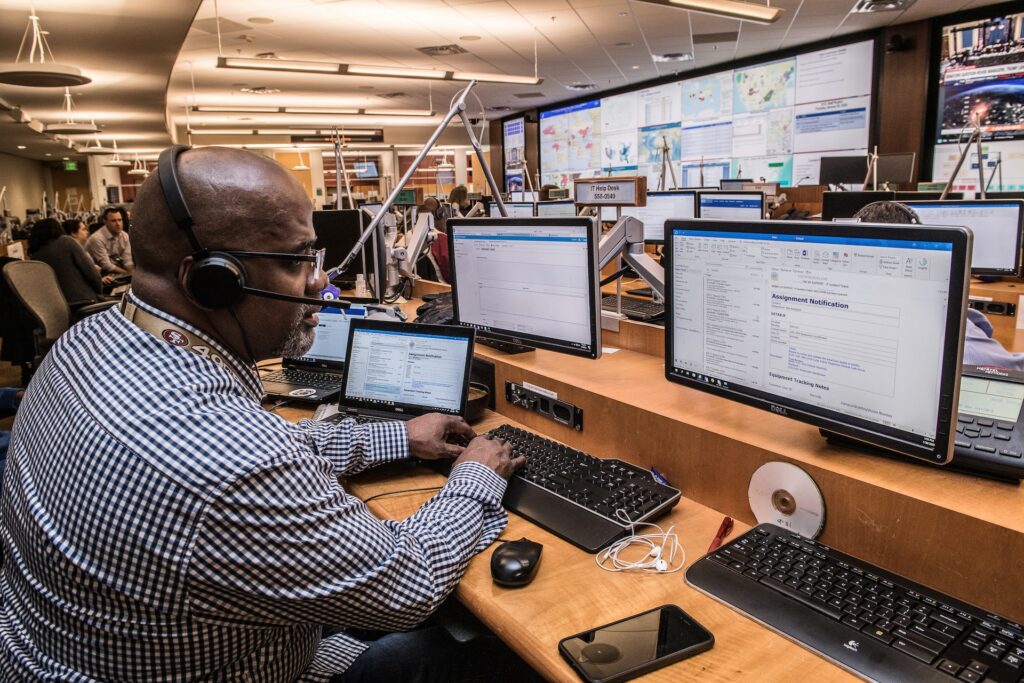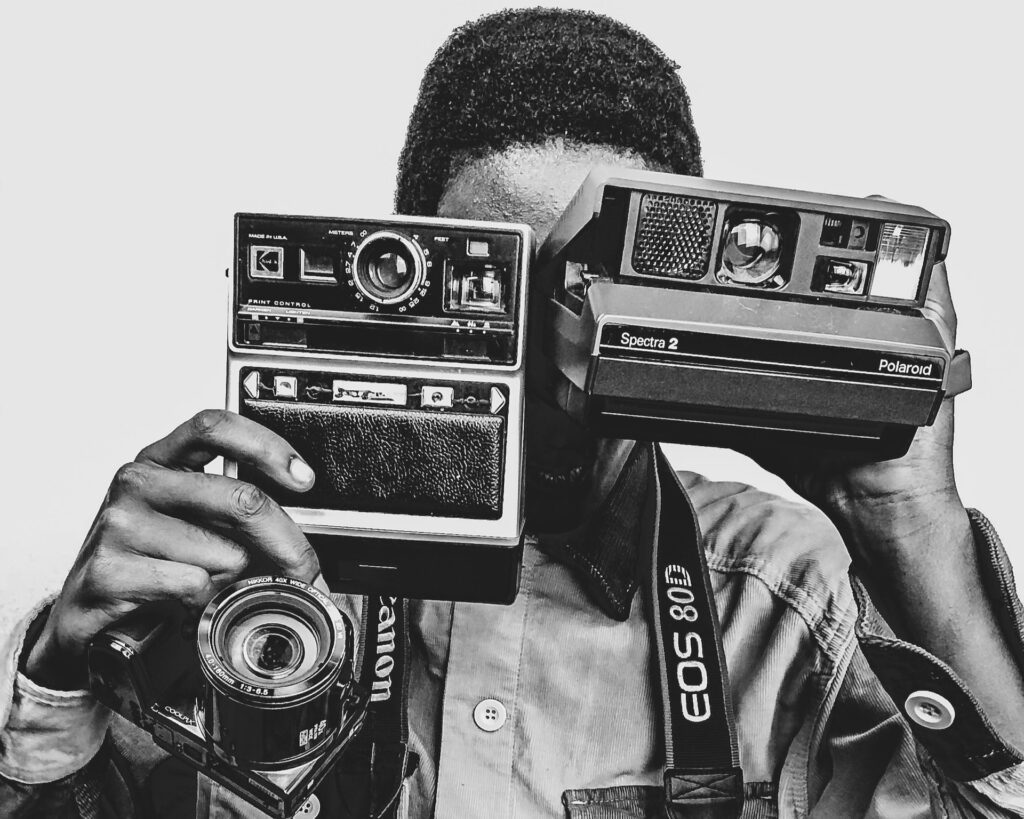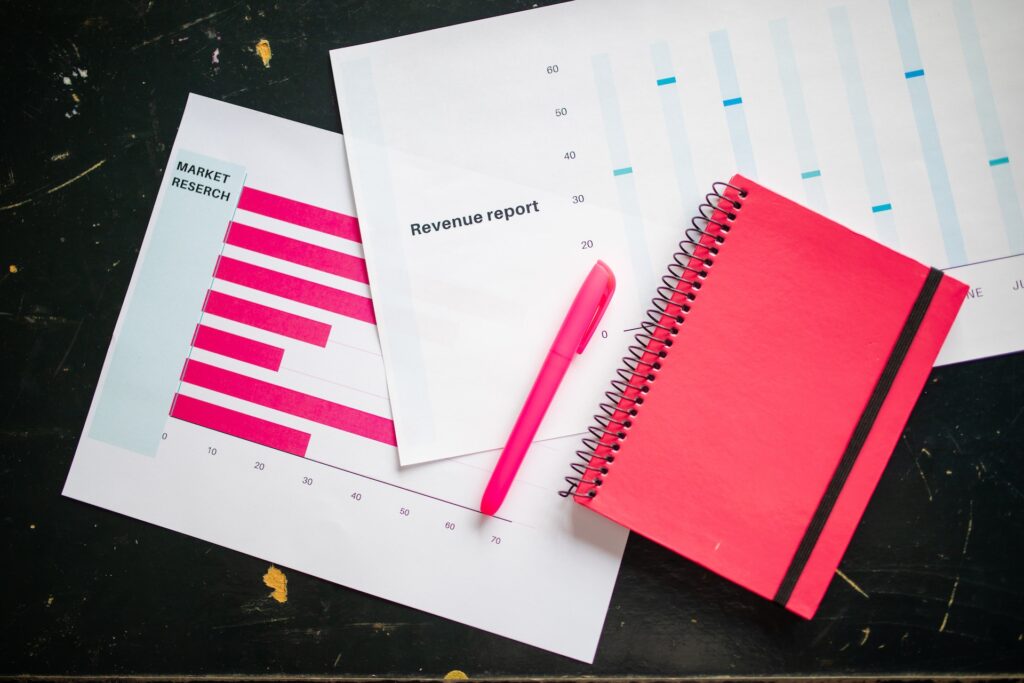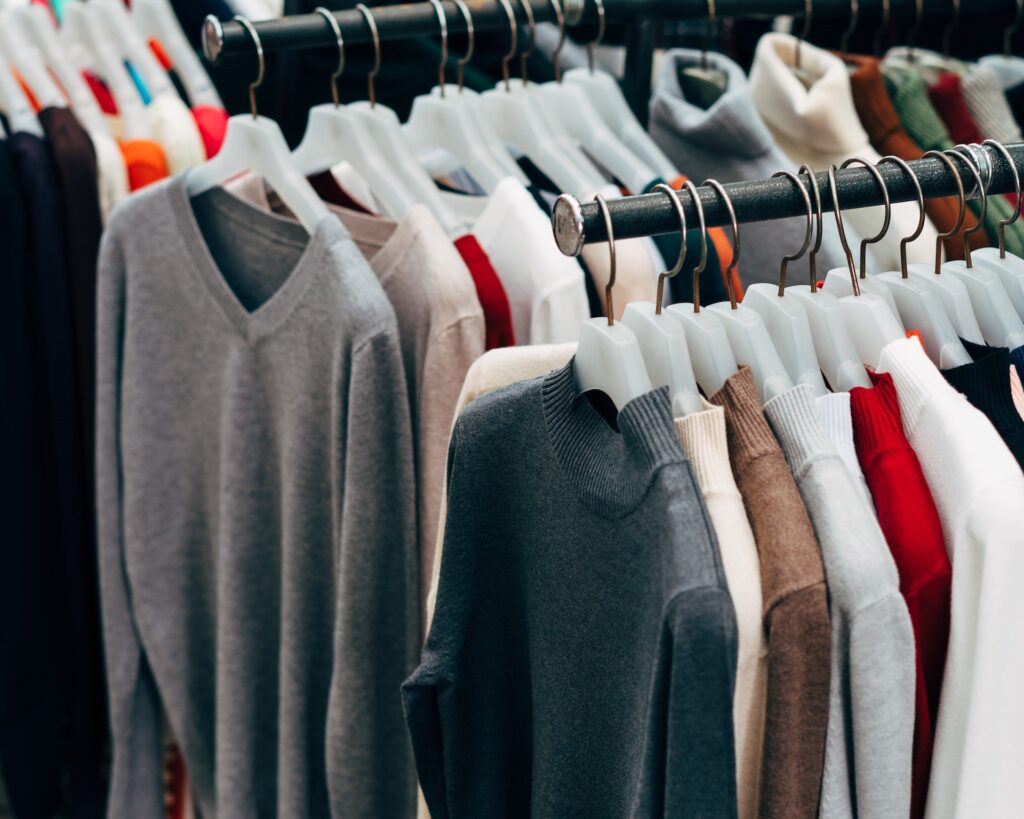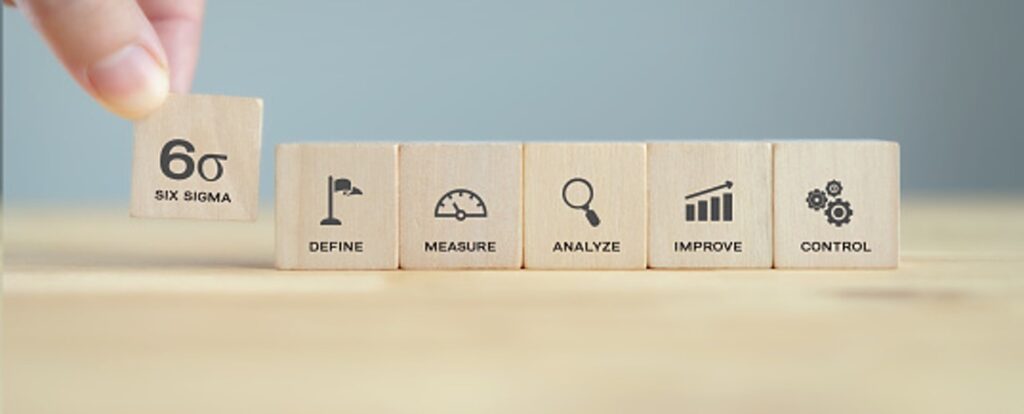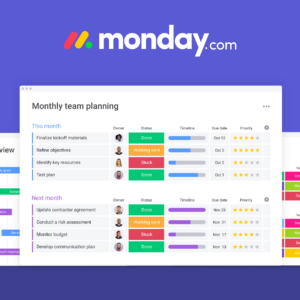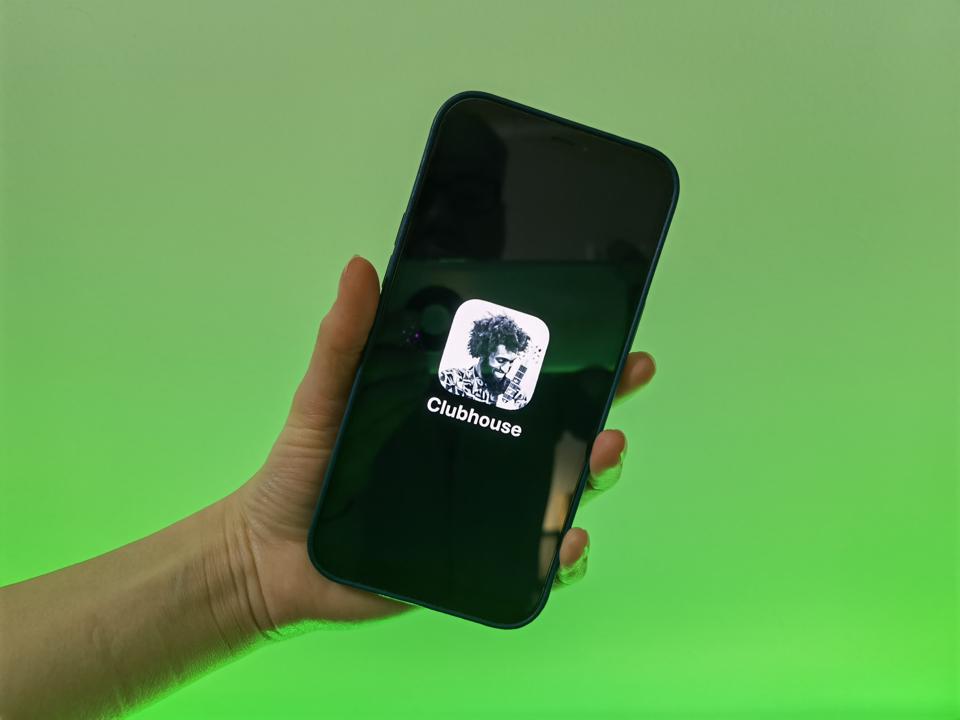Have you ever been curious about how a cow’s skin becomes the highly sought after leather shoes, sofa, jacket or wallet you’ve been eyeing? Jenny DeLara, a U.S. Leather Factory Showroom Manager, shared with me how leather is made. She began by stating “we only use cowhides from cows that were used for consumption purposes.” In other words, cows are not killed for their hides; rather they are killed for meat consumption first and then their hides are used for other goods like furniture coverings, clothing, and business wares. Jenny explains this in more detail in the video below.
In the previous process profile article on U.S. Leather Factory, they shared tips and techniques that other entrepreneurs can use in streamlining their back office operations. Their Service Delivery Blueprint includes a four stage process in providing custom leather furniture.
Stage 1: Leather Selection
- Greet customer in store.
- Ask customer about his/her furniture needs. Listen attentively.
- Determine customer’s budget and lifestyle to make realistic recommendations.
- Work with customer to select the optimal furniture frame.
- Explain the various leather options to cover the frame.
- Review cost of customer’s selected leather options.
- Draft image of custom frame and selected leather.
- Adjust specifications of image based on customer feedback.
- Enter order into the estimation program.
- Provide customer with estimate. Proceed based on customer’s approval.
- Collect deposit payment.
- Thank customer and provide state estimated delivery date.
Stage 2: Leather Preparation
U.S. Leather factory relies on a trusted network of suppliers to outsource actual leather preparation. They submit customer requests to a company like Pergamena.
The following steps are an excerpt from Pergamena’s website where they provide pictures as well as an explanation of how to hide cows and tan their skin to create leather:
- Remove the skin from the flesh of an animal.
- Soak the skin in water.
- Remove the hair from the skin with a calcium carbonate bath.
- Remove the flesh using a mechanical fleshing machine.
- Perform a chromium tannage.
- Dry, stretch and lubricate the leather skin using a staker.
- Level the skin according to the thickness requested by the customer.
- Dye the leather.
- Hand-rub the leather to add finishing touches (like sheen).
Watch the video below as Jenny DeLara explains the different finishes of leather. An interesting tidbit she shared is that they NEVER use cows killed under duress or who have died as a result of disease.
Stage 3: Production
- Receive the finished leather from the supplier.
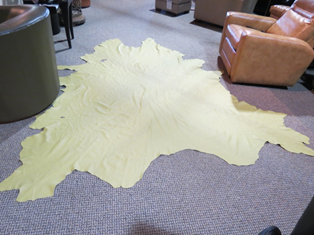
Tanned, Finished Leather Skin.
Photo Courtesy of Equilibria, Inc. - Cut and treat wood to assemble the furniture frame.
- Add any additional mechanical parts for items like recliners and mattresses.
- Install padding on the frame.
- Secure leather around padding and the frame.
- Stitch leather to cover seat and back cushions.
- Add additional trimmings like nail heads per customer request.
Stage 4: Delivery
- Receive notification from production that custom furniture is complete.
- Add customer to delivery schedule.
- Assign Drivers to deliver furniture.
- Call customer to verify date and time of delivery.
- Collect final payment from customer.
- Deliver furniture.
- Provide customer with maintenance instructions.
- Request customer feedback.
There are many people involved in making sure production and delivery schedules are met. Bottlenecks must be communicated at all levels in order to minimize losses and stay in the good graces of the customer.
How has this process inspired you to streamline your operations? Leave a comment and let us know.


